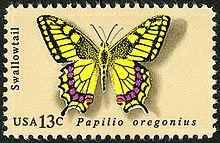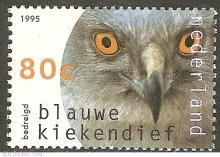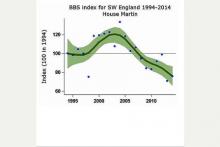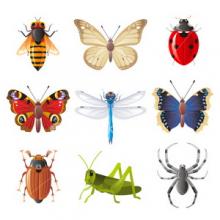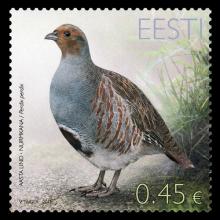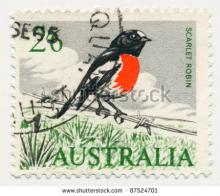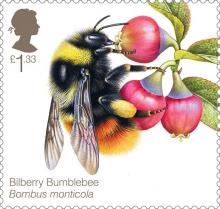Most British butterflies are in decline, the Swallowtail suffering a 65% decline in just one year
ONE of the UK’s most widespread butterflies is in a state of significant decline. The Small Copper, which can be spotted in Dorset, has suffered its worst year on record, according to a study. The annual UK Butterfly Monitoring Scheme (UKBMS) found the number of Small Coppers fell by almost 25 per cent last year compared to 2014. The UKBMS said 34 of the 57 butterfly species monitored experienced declines. The Heath Fritillary, one of the UK’s scarcest species, also suffered its worst year on record with numbers down 16 per cent compared to 2014.

